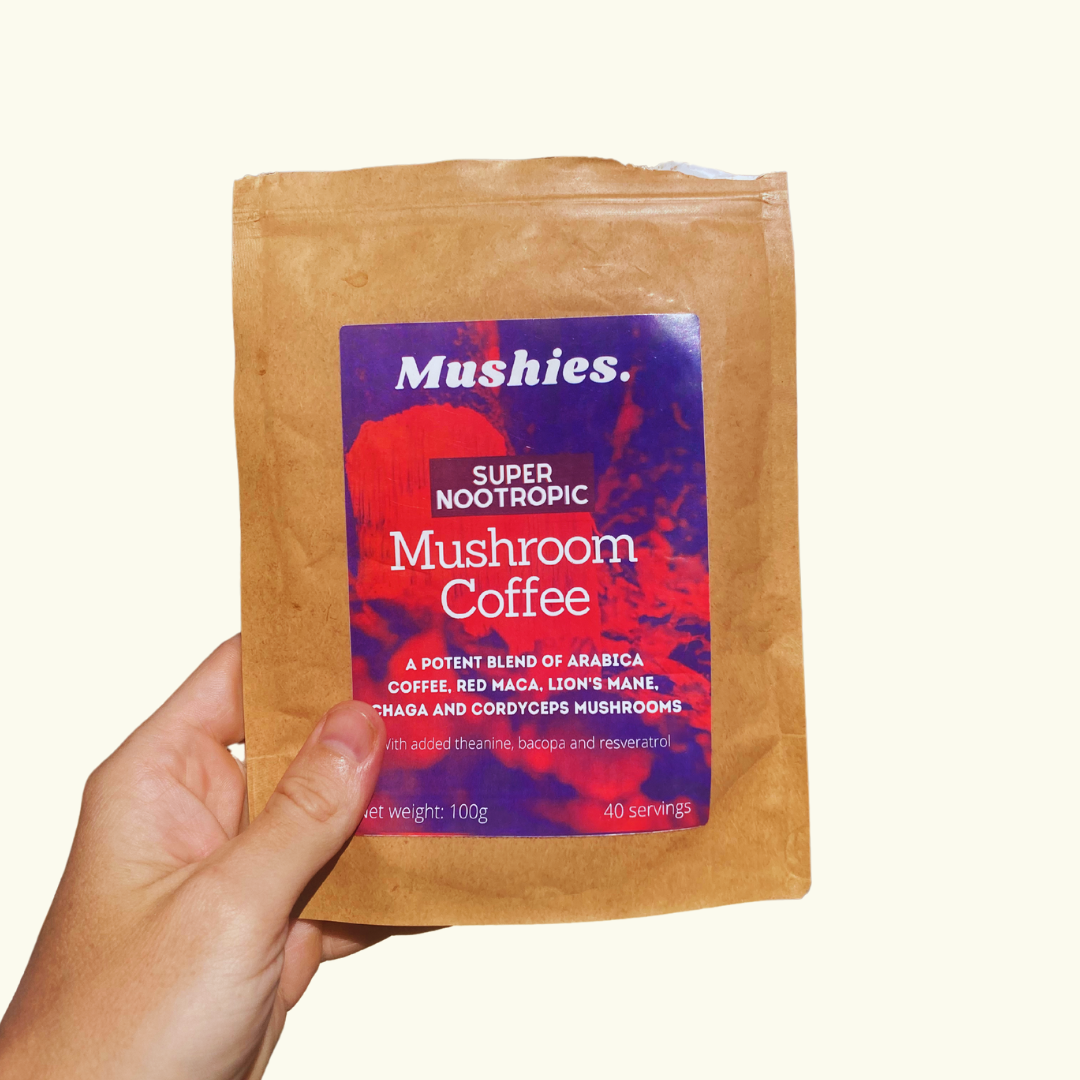Have you heard about the immense network of living organisms under your feet that stretch trillions of miles across the globe?
There’s a good chance you haven’t because, well, not many people have. In fact, as a species we know very little about these underground fungal networks that span the world - but we’re about to get one step closer to understanding them thanks to an ambitious new project that will attempt to map them.
Global fungal networks, which have been described by researchers as the “coral reefs of the soil” because of how much biodiversity they support, are a vital part of the natural environment. Acting as a decentralised network of exchange, they provide plants with much needed nutrients while receiving and storing carbon from plants.
It is hoped that the lessons we learn from these complex networks will aid us in tackling some of the major global problems we collectively face, such as preserving the environment.
New project
Launching this week with the aim of mapping and protecting these networks, the Society for the Protection of Underground Networks (or SPUN) will start collecting samples from 10 hotspots around the world next year, starting in Patagonia.
Locations have been selected with the aid of artificial intelligence and include the Canadian tundra; the Mexican plateau; high altitudes in South America; Morocco; the western Sahara; Israel’s Negev desert; the steppes of Kazakhstan; the grasslands and high plains of Tibet; and the Russian taiga.

The initial collection in Patagonia will take about 18 months to analyse the area and create maps of potential underground mycorrhizal fungi that can be used for further research.
Armed with the mycorrhizal maps, researchers will then pinpoint ecosystems most in danger and work with local conservation groups to preserve them with underground “conservation corridors”.
Climate science
Fungi are ancient (best estimates say just over a billion years) and incredibly resilient, having survived all Earth’s major extinction events to become the foundation to most plant life on the planet.
Despite this incredible example of anti-fragile intelligent life beneath our feet, this is the first major effort to map an underground ecosystem in this way.
While climate scientistists have mainly focused on ecosystems above the ground or in the ocean, it is thought that mycorrhizal fungi networks store vast amounts of carbon. In fact, mycorrhizal fungi networks around the world are estimated to sequester around five billion tons of carbon per year.
Mycorrhizal fungi networks are also vital for soil structure and fertility, as well as directly supporting plant life by offering nutrients in exchange for carbon and protecting the plant from disease.

However, there is still so much to learn about the role of fungi in the soil nutrient cycle.
Optimistic
“Just below our feet lies an invaluable ally in mitigating climate change: vast hidden fungal networks,” Jeremy Grantham, the billionaire who is funding the project told The Guardian.
“Billions of tonnes of carbon dioxide flow annually from plants to fungal networks. Yet these carbon sinks are poorly understood. In working to map and harness this threatened but vital resource for life on earth, SPUN is pioneering a new chapter in global conservation.”
Fungi are often touted as the keys to saving the world. So this ambitious mapping project by SPUN may be a big step in understanding how that might happen.
Both humans and fungi are astonishing problems solvers. There must be some optimism around what we can achieve when we work together.






